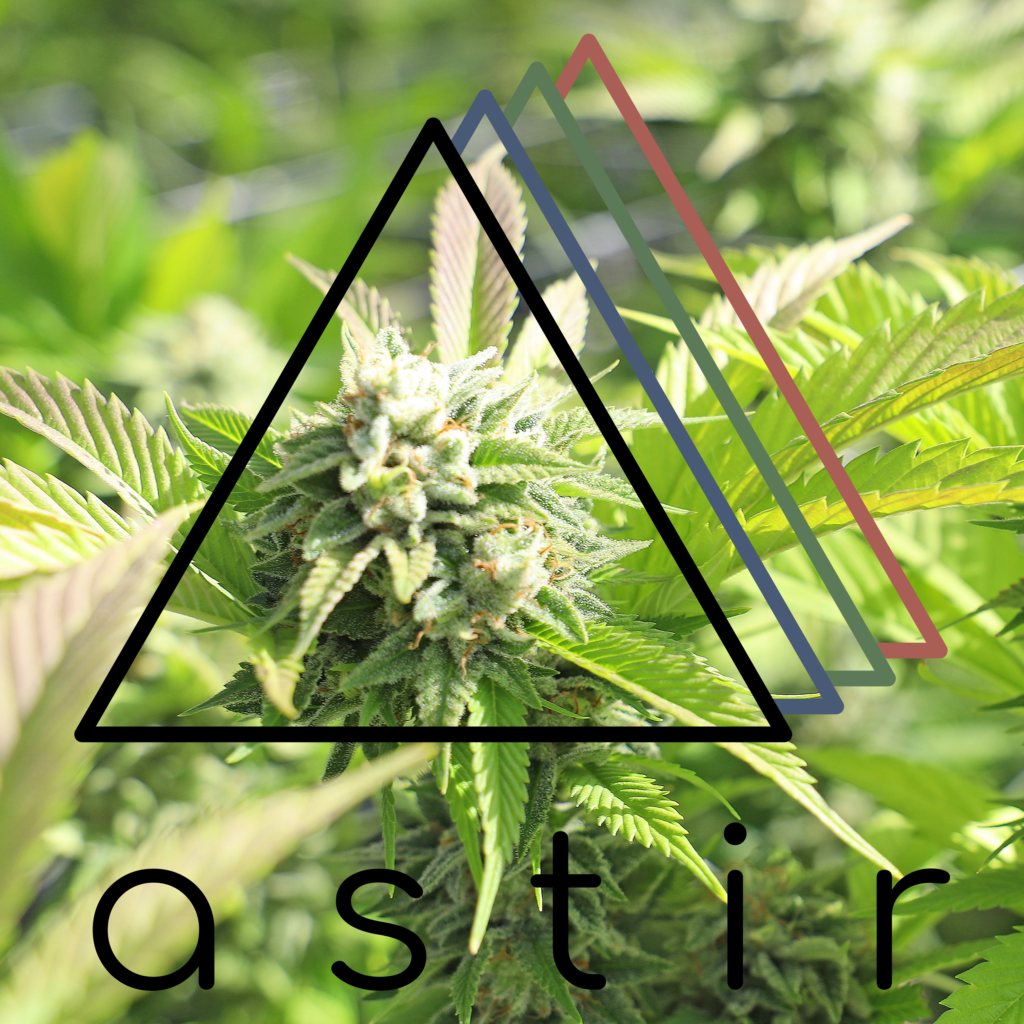9 Things You Probably Didn’t Know About CBD
1. CBD is Just One of Over 100 Cannabinoids
It’s no secret that CBD has taken center stage as far as cannabinoids are concerned. Did you know, however, that CBD is just one of over 100 cannabinoids contained within cannabis? THC is well known around the world, but there are many, many more cannabinoids that exist. Exact numbers are hard to pinpoint, but research indicates there are quite a few. Some of the major cannabinoids aside from CBD and THC include CBG, CBC, CBC THCV, CBDV, CBCV and CBGV, all of which are believed to contain their own unique beneficial properties.
2. CBD Strains Are Becoming Increasingly Popular
The popularity of CBD has soared over the past few years, leading to a huge increase in the number of high-CBD cannabis strains on the market. Before CBD became so popular, cannabis strains high in THC were the only type being widely cultivated for personal consumption. Today, the variety of CBD strains offer the benefits of cannabis without the buzz THC is famous for.
3. CBD was Actually Discovered in 1940
While CBD officially hit the mainstream less than a decade ago, it was actually discovered and first extracted in 1940 by Harvard University graduate, Roger Adams. Research was first conducted on CBD in 1946, when it was tested on lab animals, with results offering the first proof that the cannabinoid did not contain any intoxicating effects. The same year, the chemical structure of CBD was identified by Ralph Mechoulam, who is often credited with CBD’s discovery. A landmark study was conducted in 1980, discovering that CBD contained “potential use” as an antiepileptic drug. Some 30 years later, Epidiolex would become the first cannabis-based drug to be approved by the FDA for the treatment of rare and difficult-to-treat forms of epilepsy.
4. The First CBD Strain was Originally Called “Hippie’s Disappointment”
Charlotte’s Web, the first CBD strain, was named after the late Charlotte Figi and has become synonymous with CBD. The strain was referred to as the “Hippie’s Disappointment,” because it didn’t contain enough THC to get users high.
5. CBD Might Counteract the Negative Effects of THC
There’s evidence to support that CBD could counteract the negative effects associated with THC, such as anxiety and paranoia. As early as the 1980s, THC was shown to potentially increase stress symptoms, but in studies that administered THC and CBD together, stress symptoms were cut in half. It’s suggested that this is due to the way CBD influences the CB1 receptor so that less THC binds to it, leading to reduced activation of the receptor itself. While there are some studies that suggest the stress stemming from THC can be reduced with CBD, there’s little evidence to support that CBD will somehow “reduce” a person’s THC high. Like many aspects concerning cannabis, more research is warranted to prove this widely-assumed belief.
6. CBD Can Also be Used for Your Pets
Did you know your pets also have an endocannabinoid system (ECS) and that CBD can also be beneficial for your furry friends? Incorporating CBD into your pet’s routine can offer several of the same benefits it does for you. CBD pet tinctures are popular amongst several pet owners—simply add a few drops to their food and they’ll have access to the same benefits as when you take your own CBD tincture. CBD topicals can also be used on your furry friends, penetrating deep into your pet’s skin to provide possible relief from itchy skin and sore muscles and joints.
7. CBD Likely Doesn’t Bind to CB1 and CB2 Receptors in the ECS
You’ve likely heard a lot about the ECS and how cannabinoids like CBD and THC influence CB1 and CB2 receptors. The reason THC contains a psychoactive effect is because it binds directly to CB1 receptors in the ECS. CBD, however, doesn’t have a binding affinity to either cannabinoid receptor. Instead, it influences the ECS indirectly and is what’s known as an “indirect antagonist of cannabinoid agonists.” What does this mean, exactly? That CBD works to suppress the activating action of other cannabinoids, which causes chemical changes by blocking cannabinoid receptors throughout the body. It also works by blocking the enzyme FAAH, which is responsible for breaking down the endocannabinoid anandamide. By eliminating FAAH, anandamide levels increase in the body, ultimately supporting the ECS to offer a harmonious, healthy balance.
8. CBD Oil and Hemp Oil Aren’t the Same Thing
While most CBD oil tinctures and other products are derived from hemp, CBD oil and hemp oil aren’t the same thing. CBD oil is extracted from the entire hemp plant, while hemp oil is extracted from hemp seeds. While similar in that they’re both derived from hemp, the two contain different benefits. Anyone shopping for CBD oil should take note that hemp oil is not the same thing and does not contain CBD.
9. CBD Can be Sourced from Both Hemp and Marijuana
Did you know that CBD can be sourced from both hemp and marijuana? It’s true! CBD products that are widely available and legal at the federal level under the 2018 Farm Bill are typically derived from hemp and must contain less than 0.3% THC. CBD sourced from marijuana is where you’ll find those CBD-rich strains we mentioned and is only legal in states that have passed medical or recreational marijuana laws.

